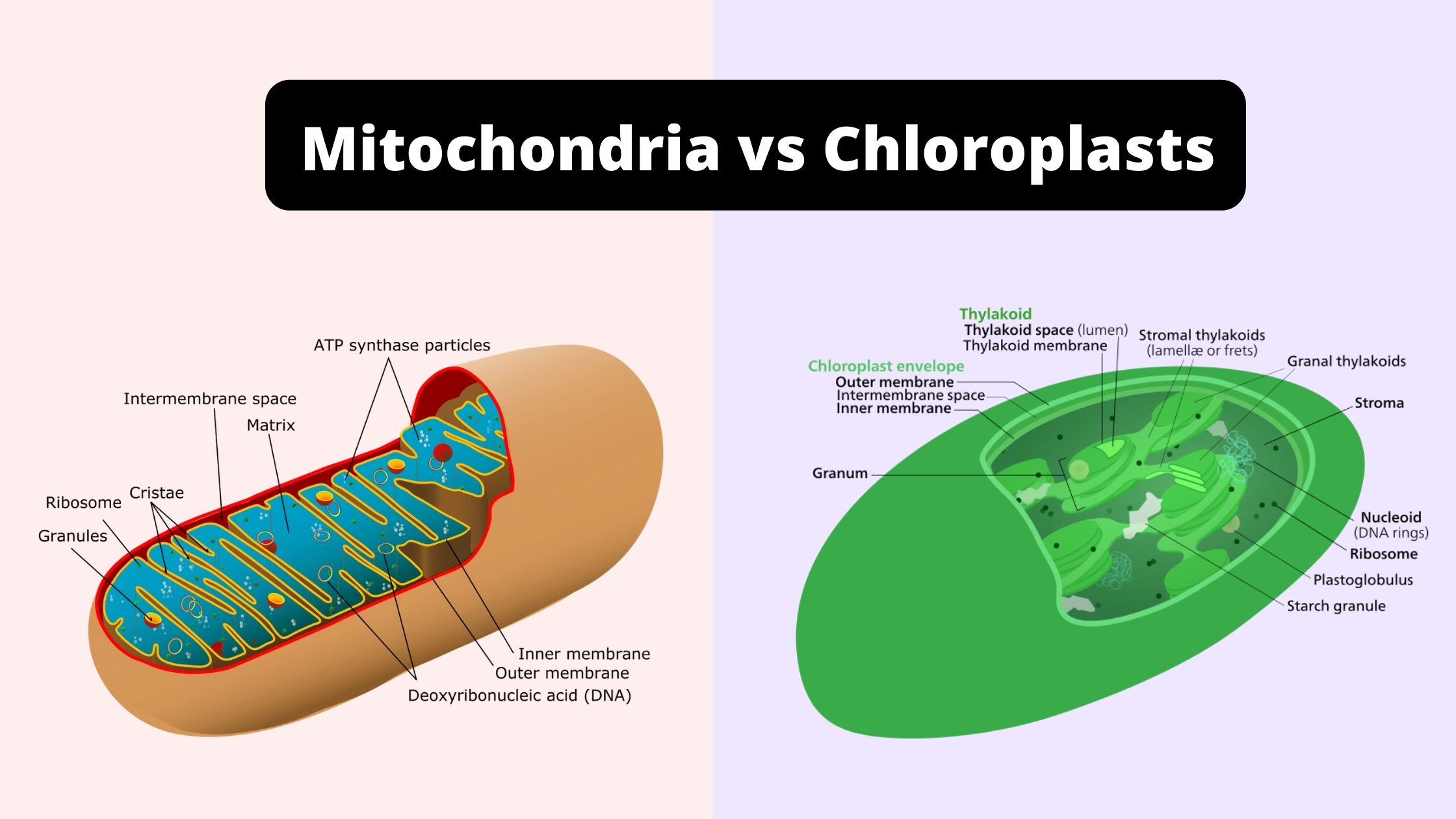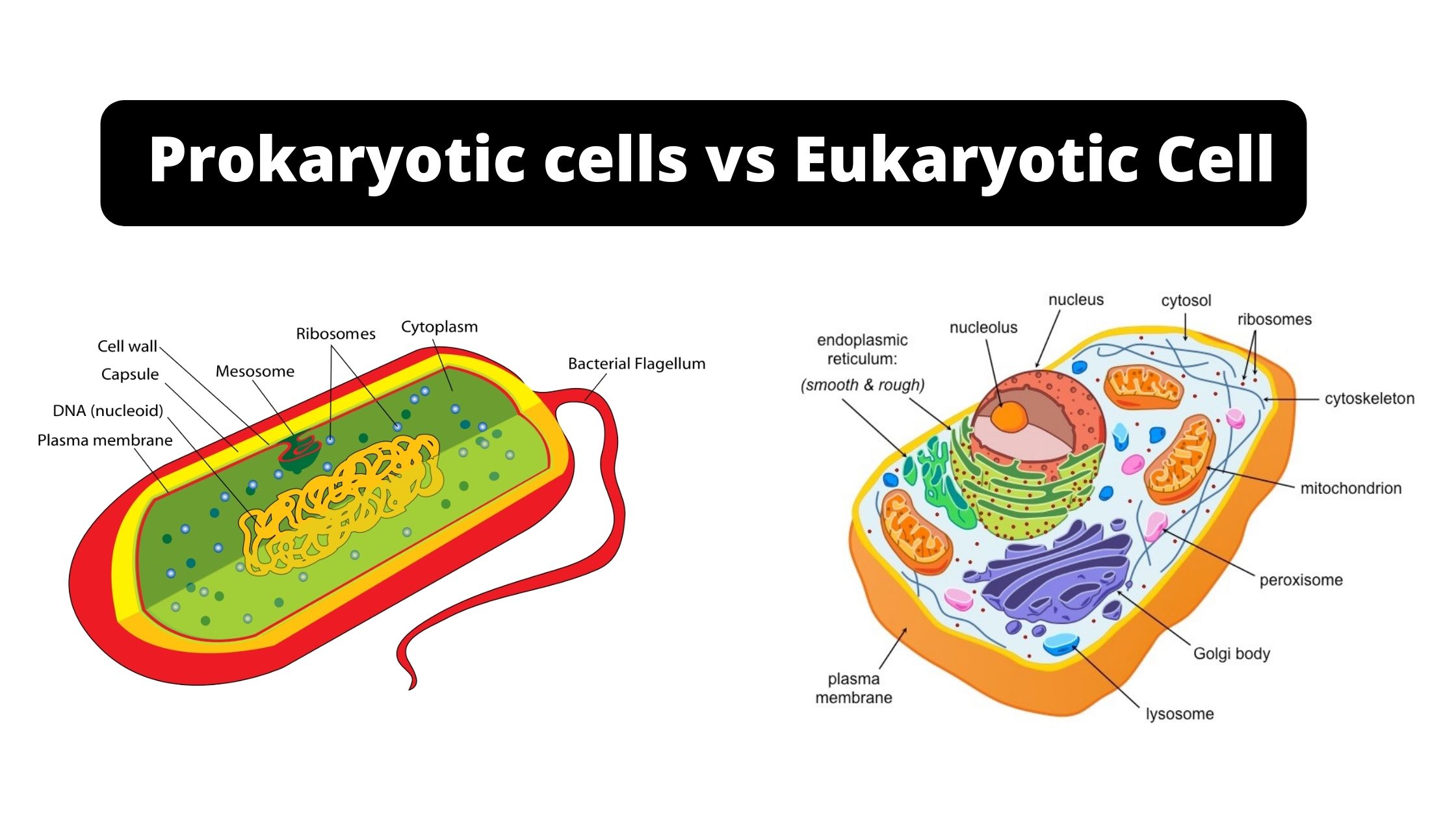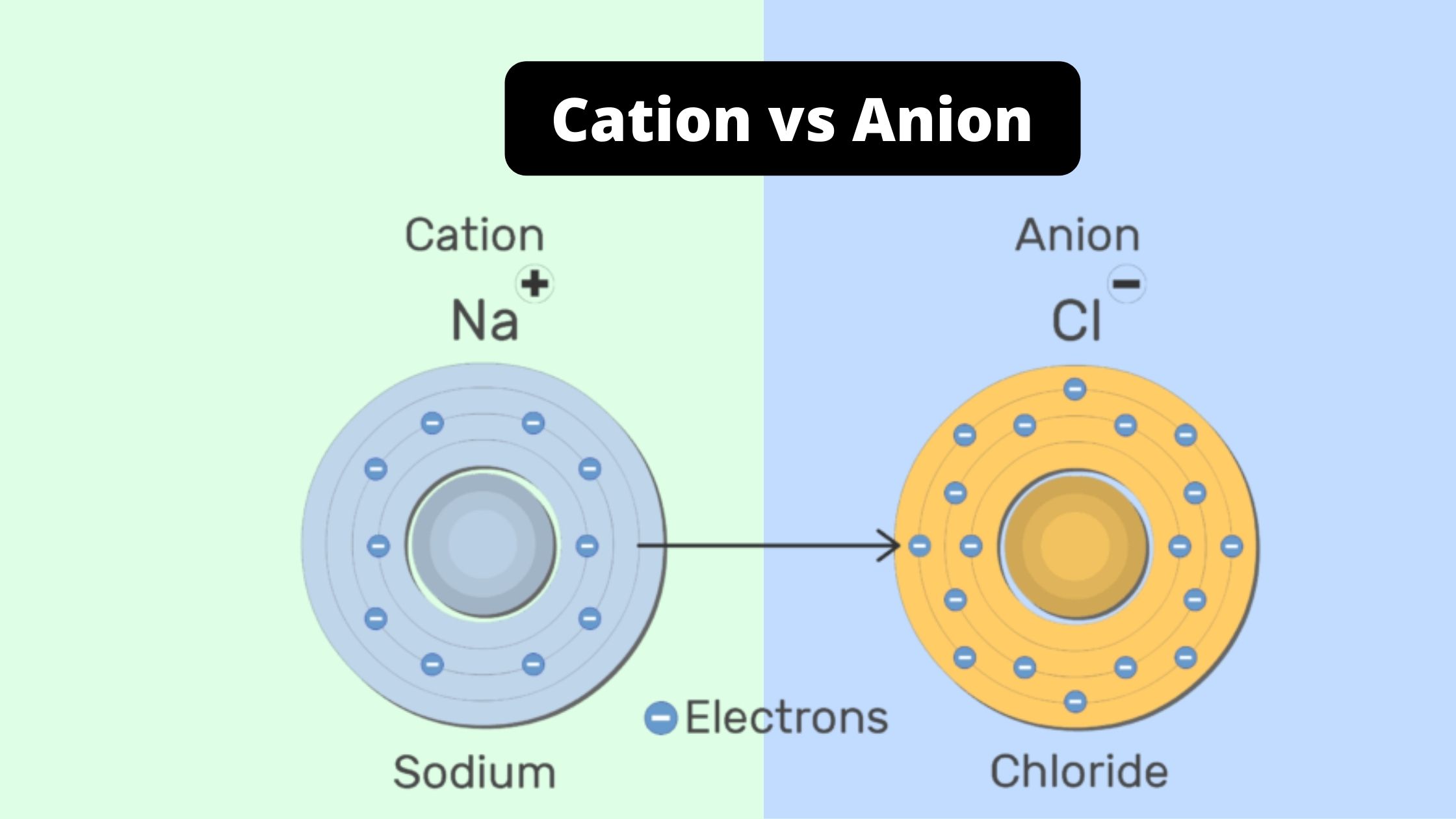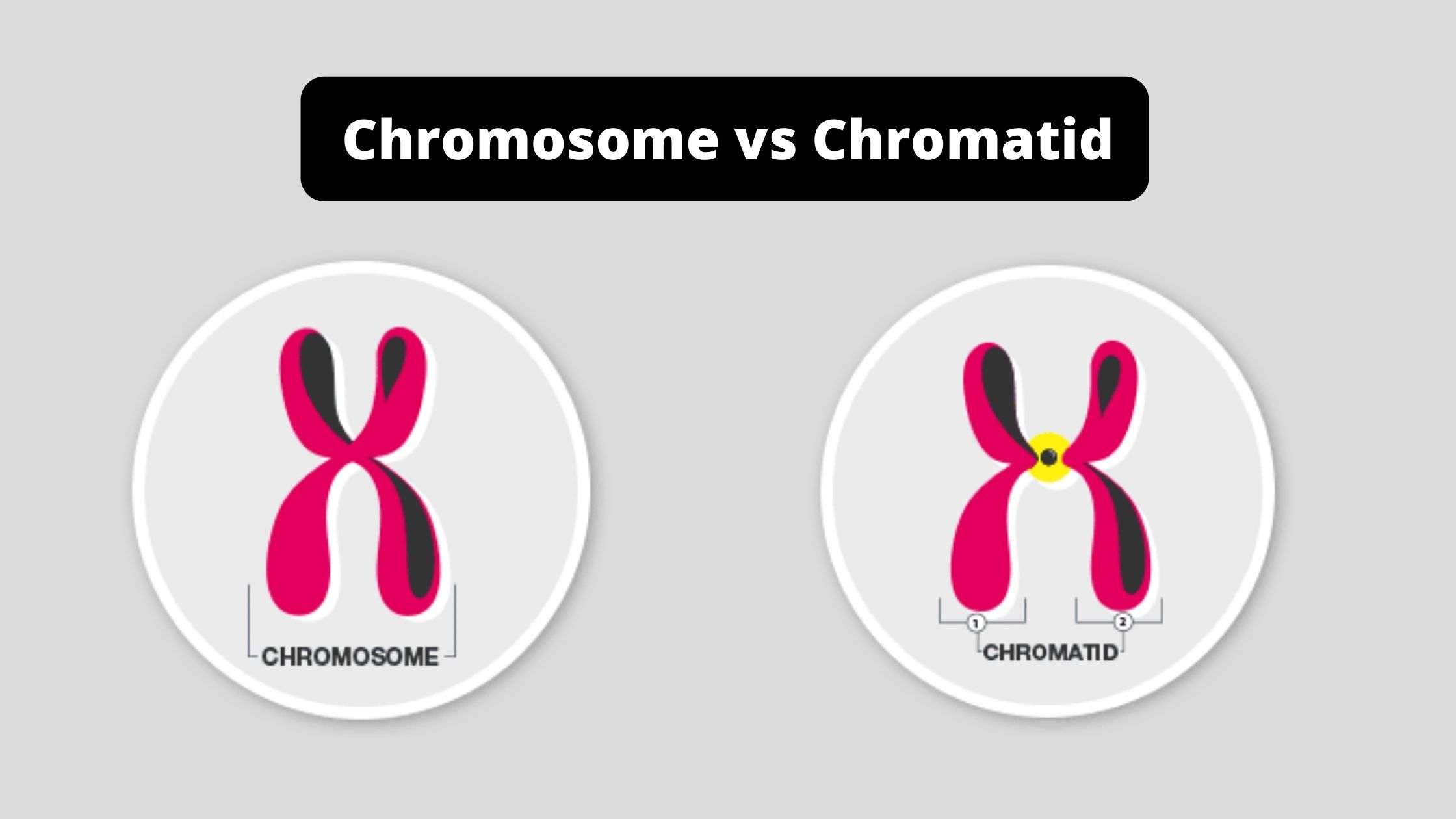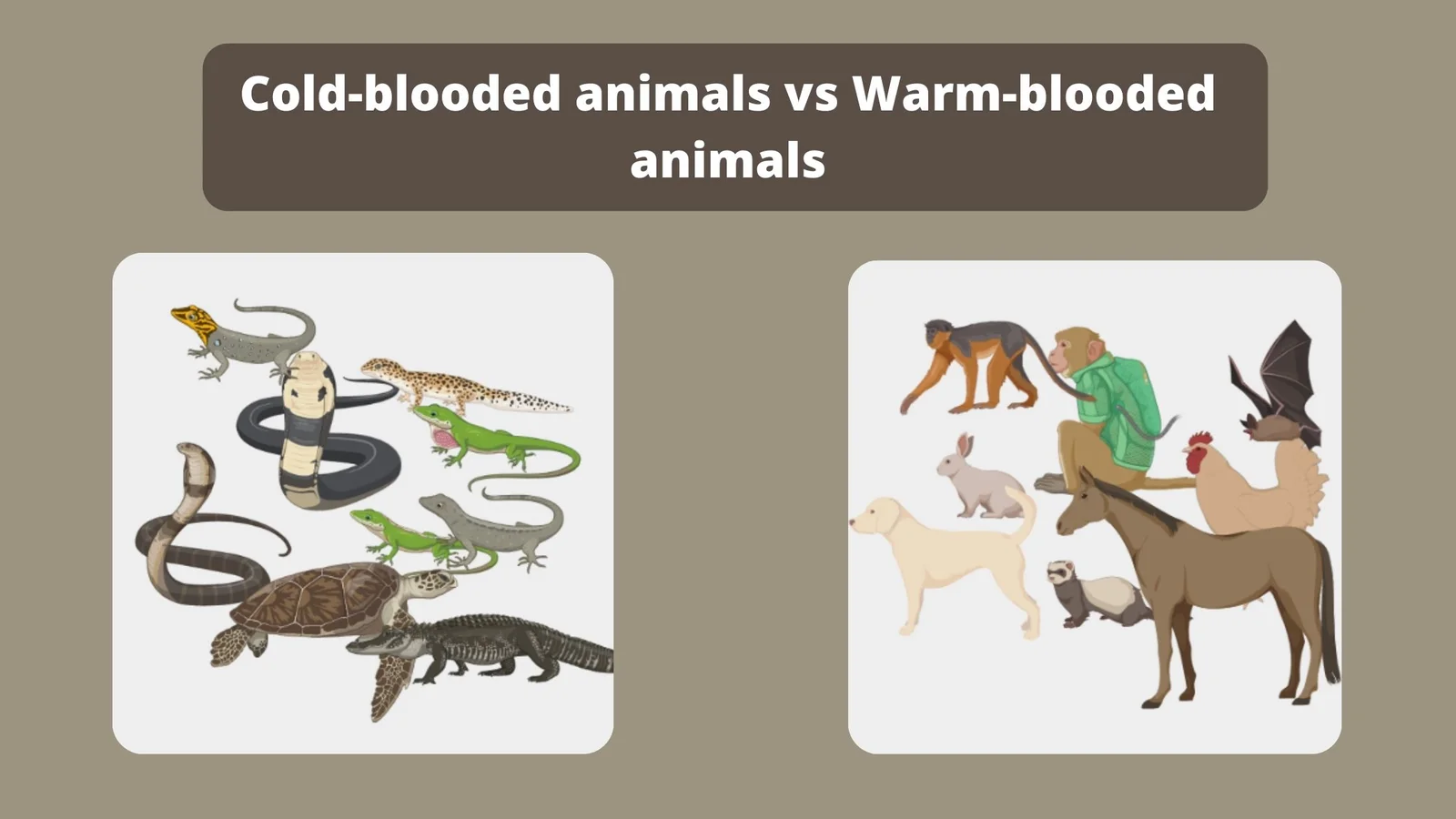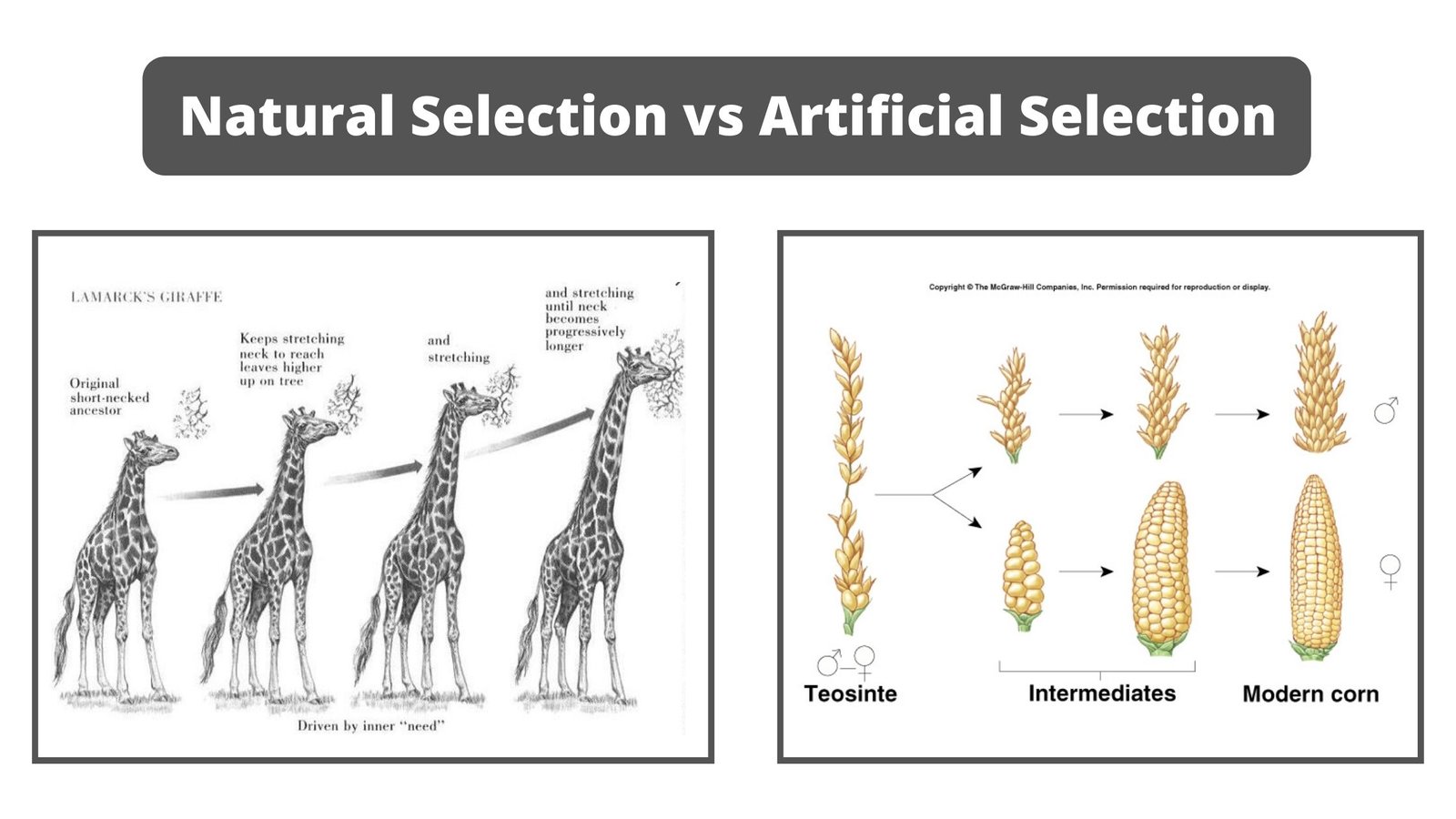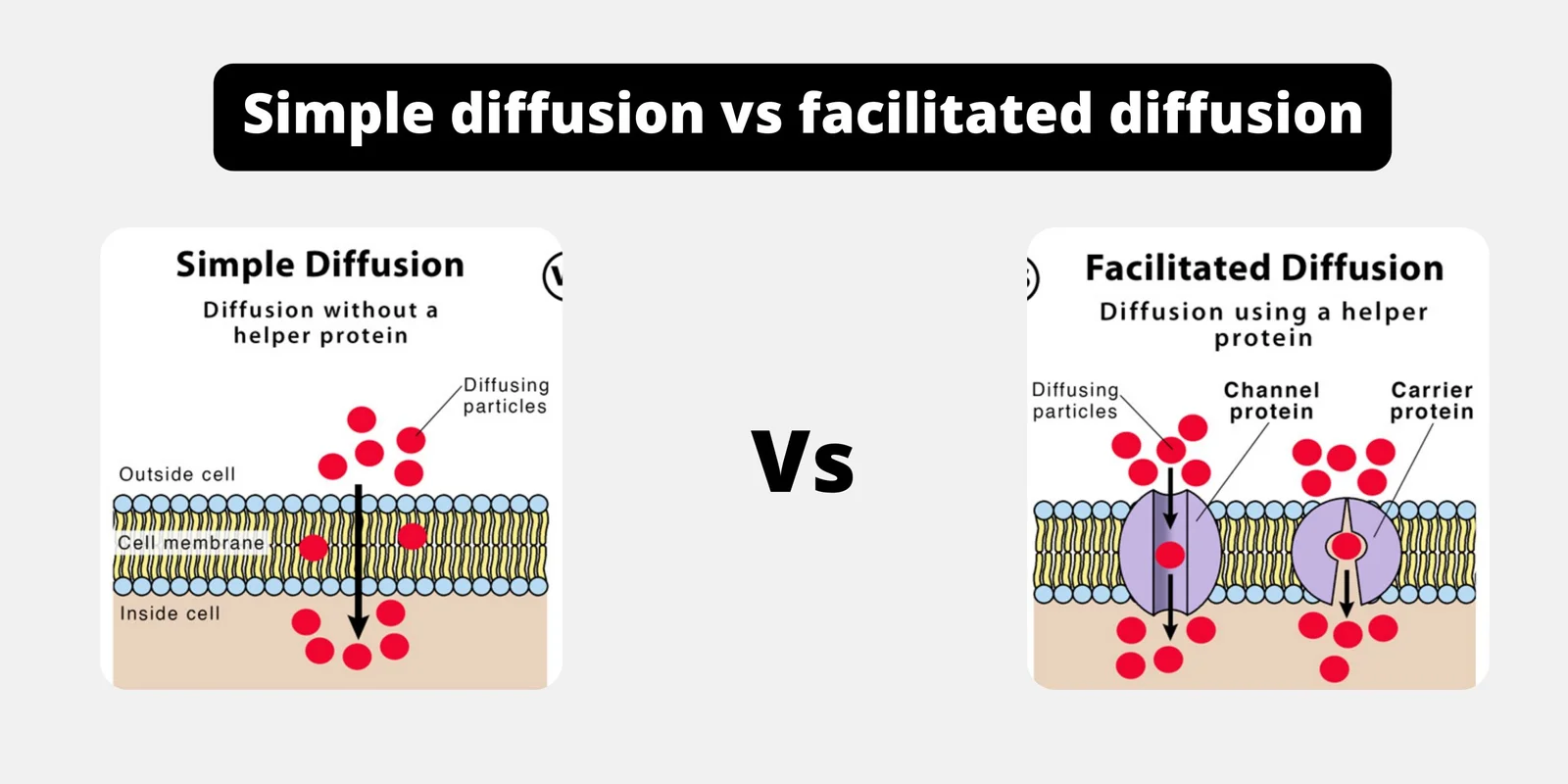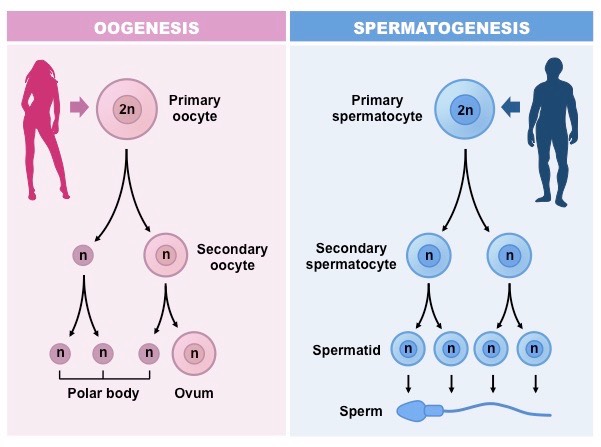Difference Between Cilia and Flagella
Cilia and Flagella are tiny structures attached to eukaryotic and prokaryotic cells. They protrude from the surface of their cells. These structures help in the locomotion of unicellular organisms. Accordingly, they mainly contain proteins called microtubules or basal bodies. In the case of single-celled eukaryotic organisms, both cilia and flagella are vital for locomotion.


